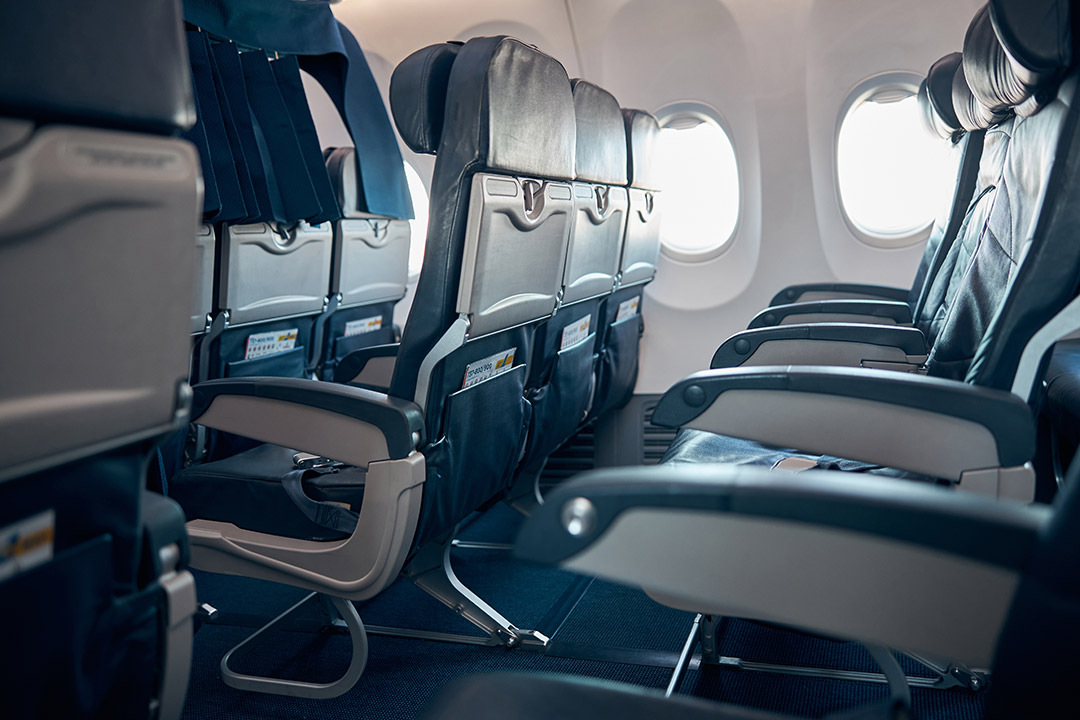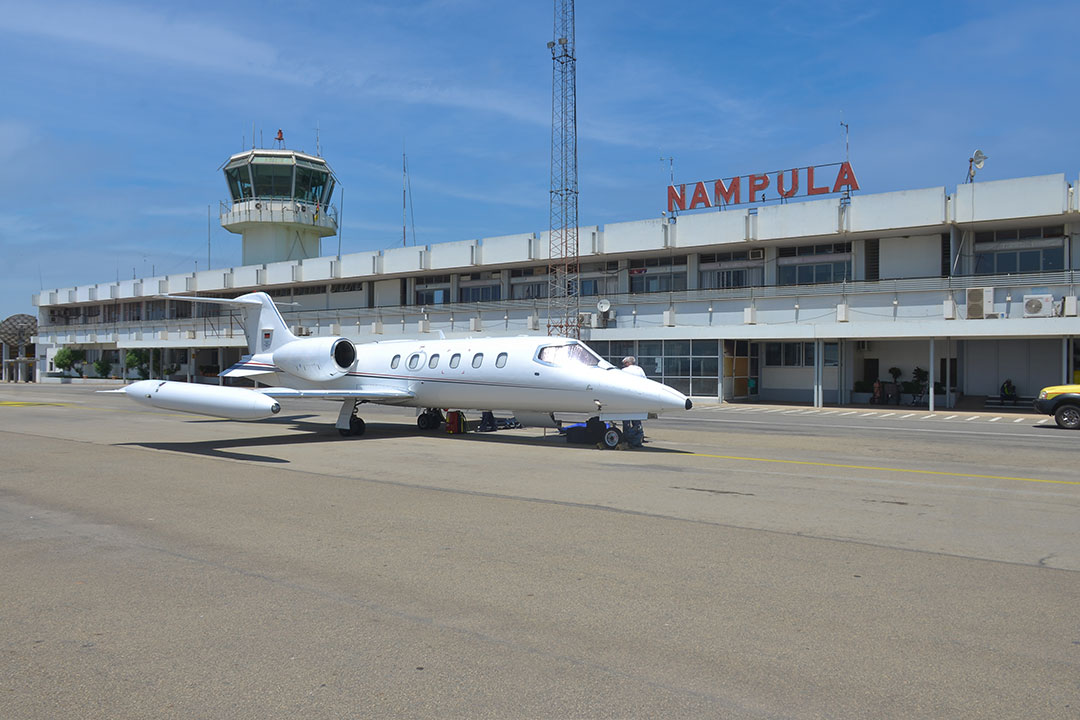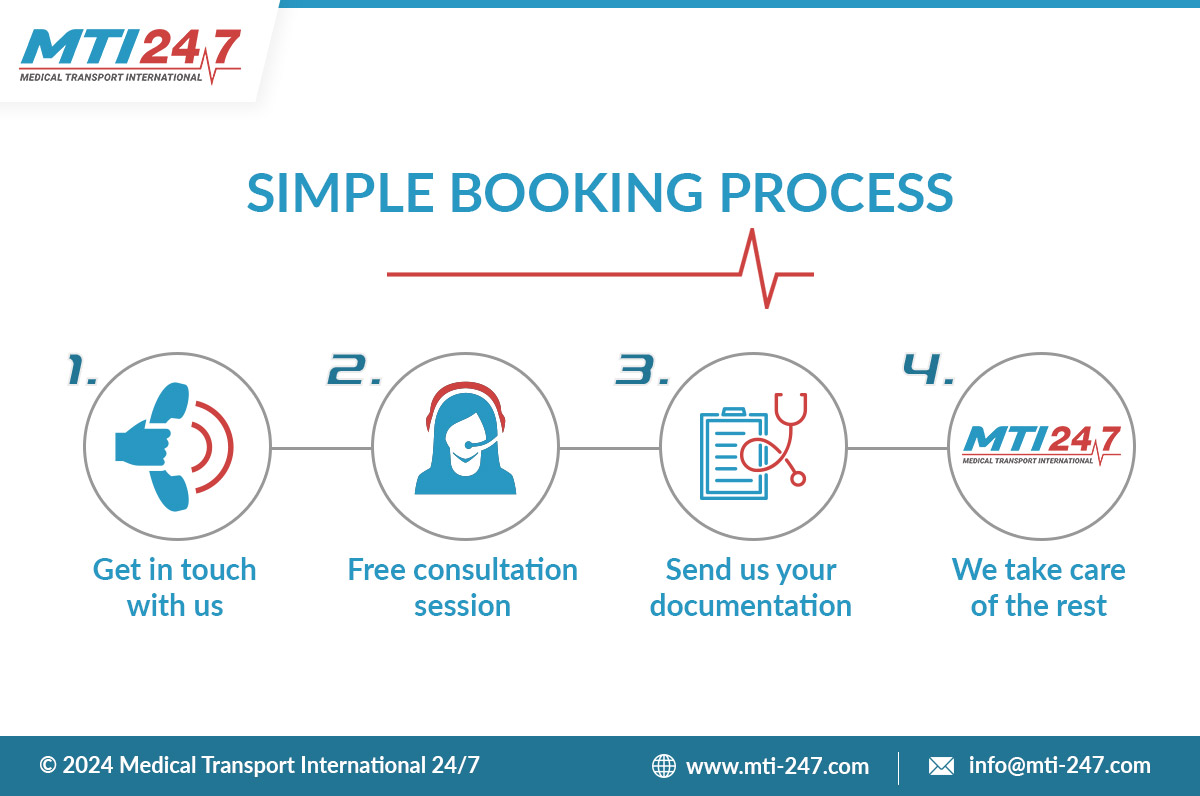You can usually fly with a fracture, but it depends on the type, location, and severity of the injury. Air travel is generally safe with proper medical clearance and preparation, though swelling, pain, and mobility issues can present challenges—especially during longer flights or when a cast is involved.
Whether you are dealing with a simple crack or a more complex break, understanding the risks of air travel and preparing accordingly is crucial. This article will guide you through the essential information you need to know about flying with a fracture, focusing on selecting the safest and most comfortable travel options for your specific condition. Along the way, we will provide practical tips and advice to ensure your comfort and safety, helping you turn this unexpected challenge into a manageable part of your travel experience.
What do you need to know about flying with a fracture?
Flying with a fracture is possible but requires careful consideration of factors, like fracture type, healing stage, and overall health.
Risks include mobility challenges, discomfort, swelling, and potential complications like Deep Vein Thrombosis (DVT).
Proper preparation, including doctor consultation and airline notification, is crucial for a safe journey.
Alternative support methods, such as split casts or braces, can make travel more comfortable.
Professional assistance, ranging from medical escorts to air ambulances, is available for complex cases, ensuring safe and comfortable travel tailored to individual needs.
What is a fracture?
A fracture is a break or a crack in a bone. It occurs when the force exerted on a bone exceeds its strength, disrupting its structure and integrity. Fractures can range from tiny cracks (hairline fractures) to complete breaks where the bone separates into two or more pieces (called compound or open fractures). They can result from various causes, including trauma, repetitive stress, or underlying medical conditions that weaken the bones, such as osteoporosis, bone cancer, or certain genetic disorders. Each type of fracture requires specific treatment and may affect travel plans differently.
Can you fly with a fracture?
Thinking about flying with a fracture? Your safety in the air depends on several key factors that need careful thought, including:
Timing: A fresh fracture poses greater risks due to increased susceptibility to swelling and pain at altitude. The duration of your flight also plays a pivotal role. Longer journeys amplify the risks associated with immobility, particularly for lower limb fractures.
Proper immobilization: A well-stabilized fracture not only safeguards against further injury but also helps manage pain during the flight. However, the nature and location of your fracture can significantly impact your travel experience. Weight-bearing bones and joints present unique challenges that may require additional support.
Your overall health: Pre-existing conditions can complicate your journey, potentially slowing healing or increasing flight-related risks. For instance, diabetes may impede wound healing, while cardiovascular issues could elevate the risk of blood clots during extended periods of immobility.
The waiting period before flying with a fracture depends on its complexity. Simple fractures may allow travel within 24-48 hours after immobilization, complex cases might need 7-10 days, and surgical interventions typically require 2-6 weeks of recovery before air travel is deemed safe.

What is the risk of having a plaster cast when flying?
The risks of flying with a plaster cast include:
Impaired mobility: Navigating airports and planes with a fracture requires extra caution. The unfamiliar terrain and restricted movement increase the risk of falls, potentially causing re-injury or new injuries due to imbalance.
Discomfort: Airplane seats can be challenging for those with casts, especially on long flights. The difficulty in finding a comfortable position may increase pain, stiffness, and muscle cramps. This prolonged discomfort can lead to stress and fatigue, potentially impacting the healing process.
Cast splitting: Air trapped in casts can expand at high altitudes, causing tightening or splitting. This can lead to skin irritation, pressure sores, impaired circulation, and in severe cases, necessitate cast replacement, potentially delaying healing or requiring additional medical care.
Swelling: Cabin pressure changes can cause limb swelling, leading to discomfort and circulation issues. This may result in increased pain, numbness, or tingling. In severe cases, it can lead to compartment syndrome, a serious condition causing pressure buildup in muscles that can damage nerves if untreated.
Deep Vein Thrombosis: The combination of a cast and prolonged immobility during flights increases the risk of DVT. This serious condition can lead to complications such as pulmonary embolism, post-thrombotic syndrome, and chronic venous insufficiency, potentially causing long-term health issues.
Advice: To reduce risks, your doctor may recommend a split or bivalved cast. These casts, cut lengthwise on one or both sides, allow for expansion during the flight, significantly reducing pressure-related complications and improving comfort.
Can you fly with a broken bone without a cast?
Flying with a minor or healing fracture without a cast is possible if approved by your doctor. Alternative stabilization methods like splints, braces, or slings may be recommended, providing necessary support while being more comfortable for travel. However, proper consultation is crucial, as flying without adequate immobilization risks further injury or delayed healing.
Sky-high tips: Mastering air travel with a fracture
You do not have to cancel your travel plans just because you have a fracture. With the right preparation and precautions, you can navigate air travel safely and comfortably. Here is a comprehensive list of tips to help you manage your journey:
Notify the airline of your condition in advance: They can provide necessary assistance and accommodations.
Request an aisle seat or bulkhead for extra space: These seats offer easier access and more room to position your injured limb comfortably.
Wear loose, comfortable clothing over your cast/brace: This eases movement and accommodates any swelling that may occur during the flight.
Use pillows or inflatable supports for comfort: A small pillow under a casted arm or a leg rest for an injured lower limb can significantly improve comfort.
Bring instant cold packs for pain relief: Cold packs can help manage swelling and discomfort.
How can MTI 24/7’s medical escorts assist you when flying with a fracture?
MTI 24/7’s medical escorts can be invaluable when flying with a fracture, offering personalized care and support throughout your journey. Here is how our medical escorts can help:
They offer companionship and reassurance, helping to alleviate anxiety and stress associated with traveling while injured.
They continuously assess your condition, checking vital signs and pain levels to address any changes or concerns during the flight quickly.
They offer physical support for navigating the aircraft cabin and transferring between a wheelchair, the aircraft seat, and other modes of transportation.
They ensure optimal positioning of your fractured limb to minimize pain and swelling, adjusting your position regularly to maintain comfort and circulation.
They manage your medication schedule, ensuring timely and correct administration of pain relievers or other prescribed drugs throughout the journey.
They are trained to identify and manage complications, implementing appropriate interventions like elevation, compression, or cold therapy when necessary.
They help navigate crowded airports, manage luggage, and facilitate smoother security screenings, ensuring your comfort and safety throughout the pre-flight process.
With MTI 24/7’s commercial medical escort service, you can travel with greater peace of mind, knowing that a dedicated healthcare professional is focused on your well-being throughout your flight.
Flying with a fracture: When is an air ambulance necessary?
 MTI 24/7’s air ambulances become necessary when the patient's condition is too complex or unstable for commercial air travel. This might include severe compound fractures, multiple fractures, or cases where the patient requires constant medical supervision and equipment that cannot be accommodated on regular flights.
MTI 24/7’s air ambulances become necessary when the patient's condition is too complex or unstable for commercial air travel. This might include severe compound fractures, multiple fractures, or cases where the patient requires constant medical supervision and equipment that cannot be accommodated on regular flights.
When a patient with a fracture boards one of our air ambulances, they are welcomed into a carefully designed medical environment. The patient is gently transferred onto a specialized stretcher, which is securely fastened to the aircraft floor. For patients with leg or hip fractures, the in-flight stretcher can be adjusted to elevate the affected limb, reducing swelling and pain. Those with upper body fractures are positioned with supportive pillows to maintain proper alignment.
Throughout the flight, our onboard medical crew monitors the patient's vital signs. Intravenous lines are set up if needed, allowing for easy administration of pain medication or fluids. The cabin pressure can be carefully regulated to minimize any additional stress on the fracture. In case of any complications, our ambulance planes are stocked with advanced medical supplies. The aircraft's design also includes ample storage for any additional medical equipment the patient may require.
Family members or caregivers, when accompanying the patient, are seated nearby, offering emotional support while allowing the medical team unobstructed access to the patient. This comprehensive setup ensures that patients with fractures receive optimal care and comfort from takeoff to landing, transforming what could be a challenging journey into a safe medical transport.
How much do our worldwide medical flights cost?
At MTI 24/7, each medical flight is unique. To provide you with an accurate and personalized quote, we take into account the following factors:
Type of aircraft required.
Distance and route of the flight.
Urgency of the flight
Ground transportation at origin and destination.
Number of accompanying family members or caregivers.
Level of medical care required (e.g., doctor, nurse, paramedic).
To get an accurate cost estimate for your specific needs, contact our team. We will work with you to provide a detailed, transparent quote tailored to your situation.

Why choose us to fly safely with a fracture?
When you are dealing with the challenges of flying with a fracture, our service stands out as the premier choice. Here is why you should choose us:
Global network of partners.
Seamless bed-to-bed service.
24/7 availability for urgent situations.
Multilingual staff to ensure clear communication.
Personalized pain management strategies during flight.
State-of-the-art medical equipment on board all our flights.
Experienced medical professionals specialized in fracture care.
Direct communication with your treating physicians for continuity of care.
Ability to accommodate various types of casts and immobilization devices.
Customized flight plans tailored to your specific fracture and medical needs.
Choose us for a worry-free, safe, and comfortable medical flight experience tailored to your fracture care needs.
How can you book a medical flight to fly safely with a broken bone?
Booking a medical flight with Medical Transport International 24/7 is a straightforward process designed to ensure your safety and comfort. Here is how it works:
Initial consultation: Contact our dedicated team to discuss your specific needs. We will gather essential information about your fracture, medical condition, and travel requirements.
Customized flight plan: Based on your consultation, we will create a tailored flight plan. This includes selecting the appropriate aircraft, medical equipment, and personnel.
Confirmation and preparation: Once you approve the plan, we will secure all bookings and begin preparations. We will guide you through any pre-flight requirements, help with documentation, and provide instructions for the day of travel.

Contact us to fly safely with a fracture!
Do not let a fracture clip your wings! Our expert medical team is ready to airlift you safely to your destination. From personalized care plans to state-of-the-art air ambulances, we have you covered. Contact us now and let us get your journey back on track.
Reach us by:
Phone: USA: +1 646 335 06 83 / UK: +44 20 3608 0959
Email: info@mti-247.com
Our contact form
:quality(75))
:quality(75))